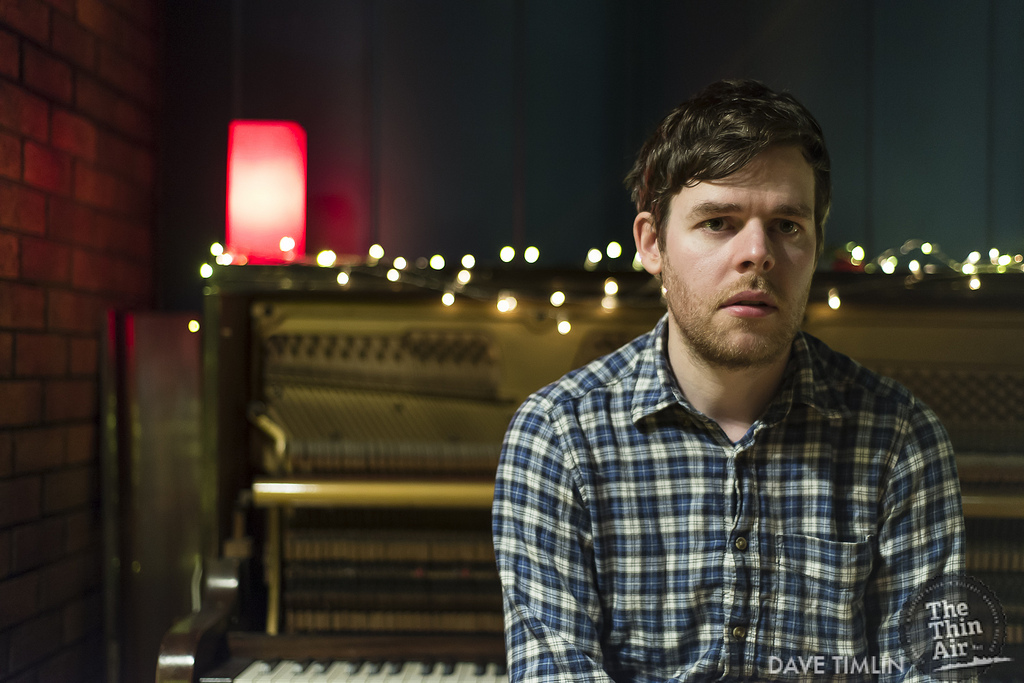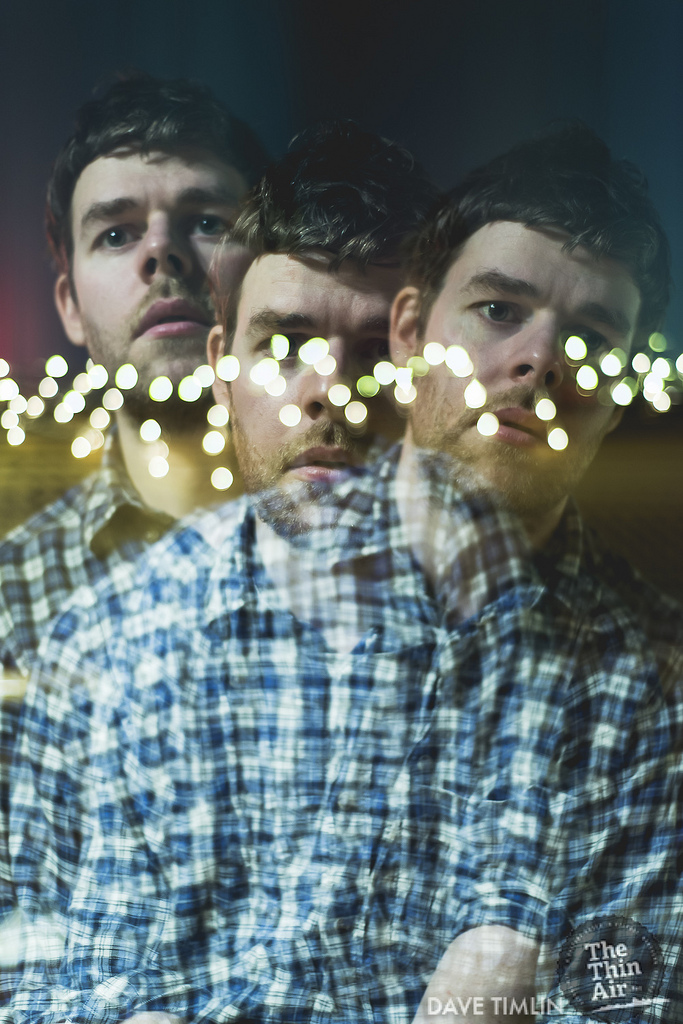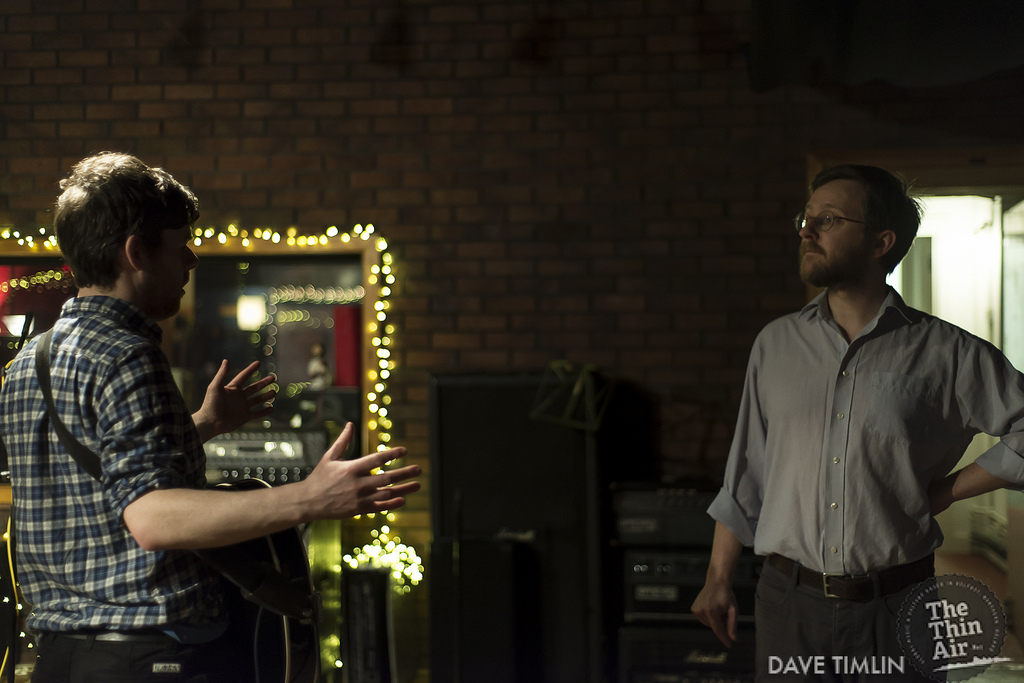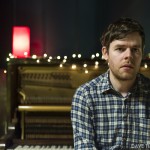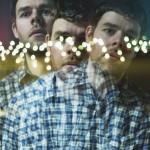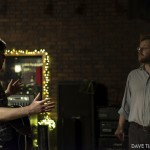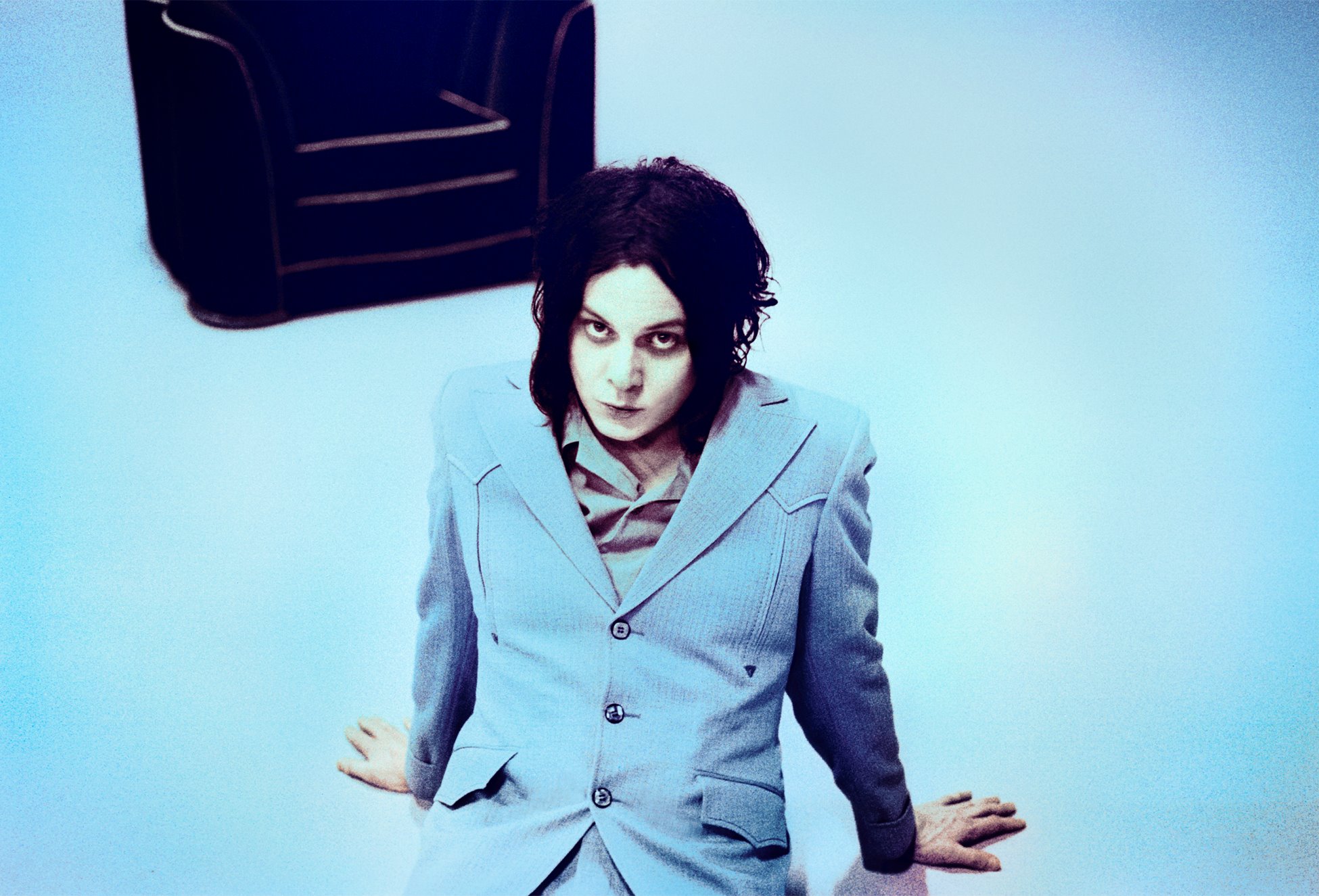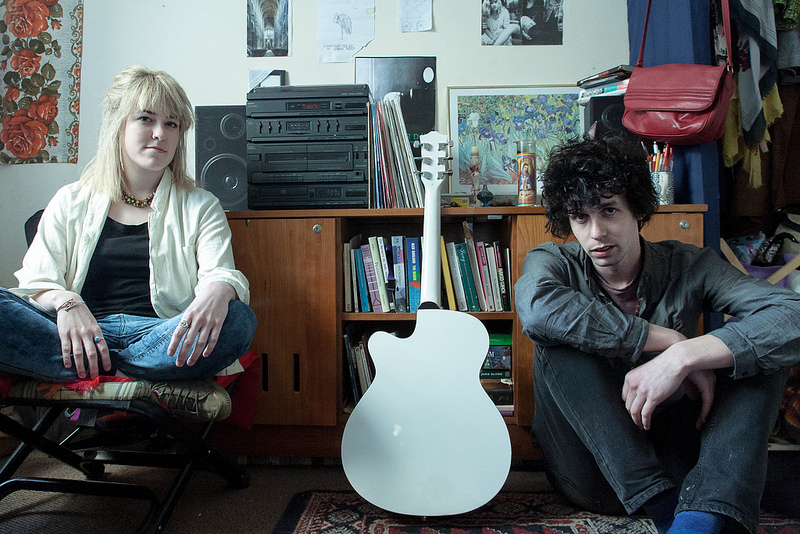Ahead of the release of their debut album, we talk to Mark McCambridge, frontman and songwriting core of Belfast-based band Arborist about the evolution of the project, the thematic foundations of the release and the many benefits derived from the freedom to experiment in the studio.
Photos by Dave Timlin.
Hi Mark. Arborist has just finished recording your debut album, Home Burial. Before talking about that, how has the journey been getting to this stage?
Arborist began in Christmas 2012 and the goal was always to get to this point. A lot of the songs were already there – they just needed a little rounding at the edges and some accomplished musicians to play, and add their touch to, them. Originally, I played a lot of solo shows under the moniker in order to get the name out there but during this time Arborist has very much become “a band”.
You recorded at Start Together Studio. As Ben (McAuley) from the band recorded it, did you find the recording straightforward from the off?
Ben and I have been recording together for just short of a decade. I used to record a lot of home demos from the first time I got a loan of a friend’s uncle’s cassette four track recorder (which I don’t think I ever gave back). But I always sought Ben’s advice when it came to adding an element of “professionalism” to it all. Before Start Together he built a primitive studio in Blackstaff Mill on the Springfield road, so no matter where I was living in the world I always returned to Belfast to record new material wherever Ben had laid his mixing desk. So, when it came to recording this album we were completely comfortable with the environment and process and what needed to be done. I’d like to think the rest of the band felt the same.
Including Ben and yourself, Arborist is a five-piece on the stage. Who all was involved in the recording of the album? Any guest appearances?
The bulk of the album was performed by six of us: Ben and me, James Heaney (bass, banjo), Richard Hill (piano, clarinet, guitar), Johnny Ashe (guitar) and Luke Bannon (violin). After that, the list of “guest appearances” is substantial. We mined the extensive list of friends of the band, and musicians who have passed through the doors of Start Together down the years, for those who could contribute something to the recordings. Linley Hamilton, Zarah Fleming, Colly McClean and quite a few others added their unique touches to the songs, so the arrangements range from extremely sparse to very dense and colourful.
In terms of songwriting, how were the majority of the songs written? Wholly by yourself or with influence and ideas from others?
A few of the songs have been around for a long time. The oldest was written in 2005 and the most recent was a last minute addition from January/February this year. Generally, I’ve played the songs hundreds of times which is a way of wearing them down and filtering out anything that doesn’t work. So, the backbone of a song is heavily laboured over but when it comes to recording I’m very willing to relinquish control to the rest of the band.
If you can view it as a whole at this pre-release stage, is there any stand-out themes or lyrical sense of context pervading the album?
We didn’t consciously set out with a concept in mind but, undoubtedly, there are reasonably explicit themes threaded through the album. The album has been titled Home Burial which is the best summary of its content I could provide.
Were you conscious of any artists or styles of music seeping into either your songwriting for the material or in the methods or approaches you used in the recording studio?
A lot of the music we love is centred around the vocal, the words and the delivery, as well as strong, lyrical playing (from Magnolia Electric Co by Songs: Ohia to Sam Cooke). Ben and I agreed that the core of what made the songs good was not to be compromised. So, from the start, we intended to give the vocal plenty of space, add very few effects and avoid crowding it out with too many instruments. Though the challenge, which was perhaps more an engineering one, was to still make it sound full and warm. Which I think we achieved.
As for experimenting in the studio and coming up with new ideas on the spot, what kind of things did you attempt to try your hand at in the studio that you may not have been there originally in composition?
There’s plenty on there that was concocted in the studio. The relaxed atmosphere and not constantly watching the clock lends itself to coming up with and trying out new ideas. Because of the style of the songwriting, we were keen to capture natural, raw performances and avoid unnecessary ornamentation, while still keeping the sonics of the album interesting. We’re lucky to know a lot of excellent musicians so more or less any instrument we wanted was available to us.
A lot of the experimentation in the studio was in choosing the right instruments and writing interesting parts. We recorded a lot of the album live – most of the drums, bass and rhythm guitar parts were tracked together, at the same time, which means that the basic elements of the album have a natural, live sound. For the overdubs and solo instruments, we spent a lot of time experimenting with different acoustic spaces in the studios and around various other locations – stairwells, bathrooms, halls, art galleries and living rooms all feature on the album somewhere.
Can you tell us more about the lead single to be taken from the album, and can we expect a video to accompany its release?
‘Border Blood’ is the lead single. It’s a song about revenge attempted in the vein of a Cormac McCarthy novel. And, yes, there will be an accompanying video which plays on that theme, where the musicianship is delicate and exact – whilst the acting is not!

